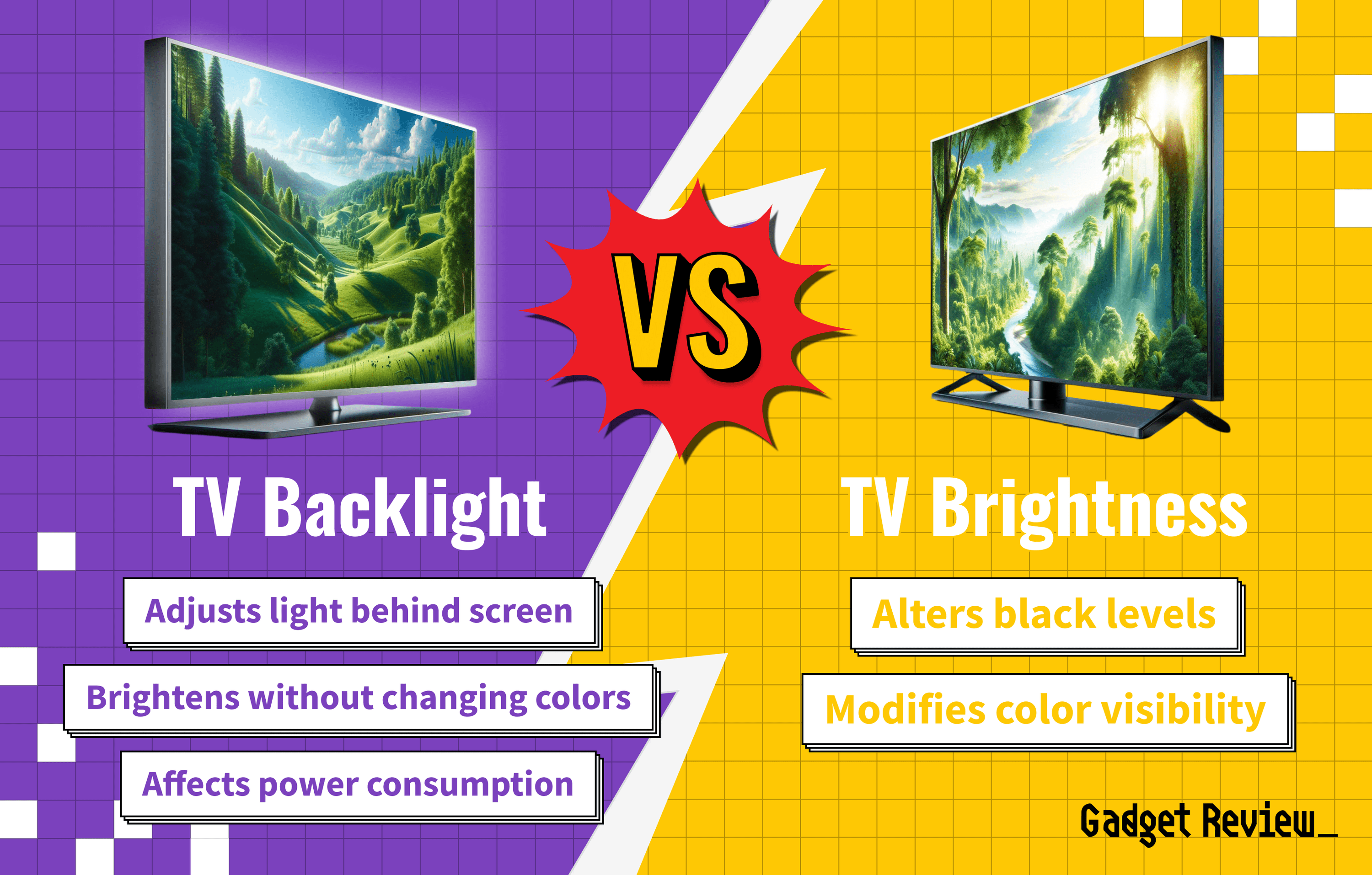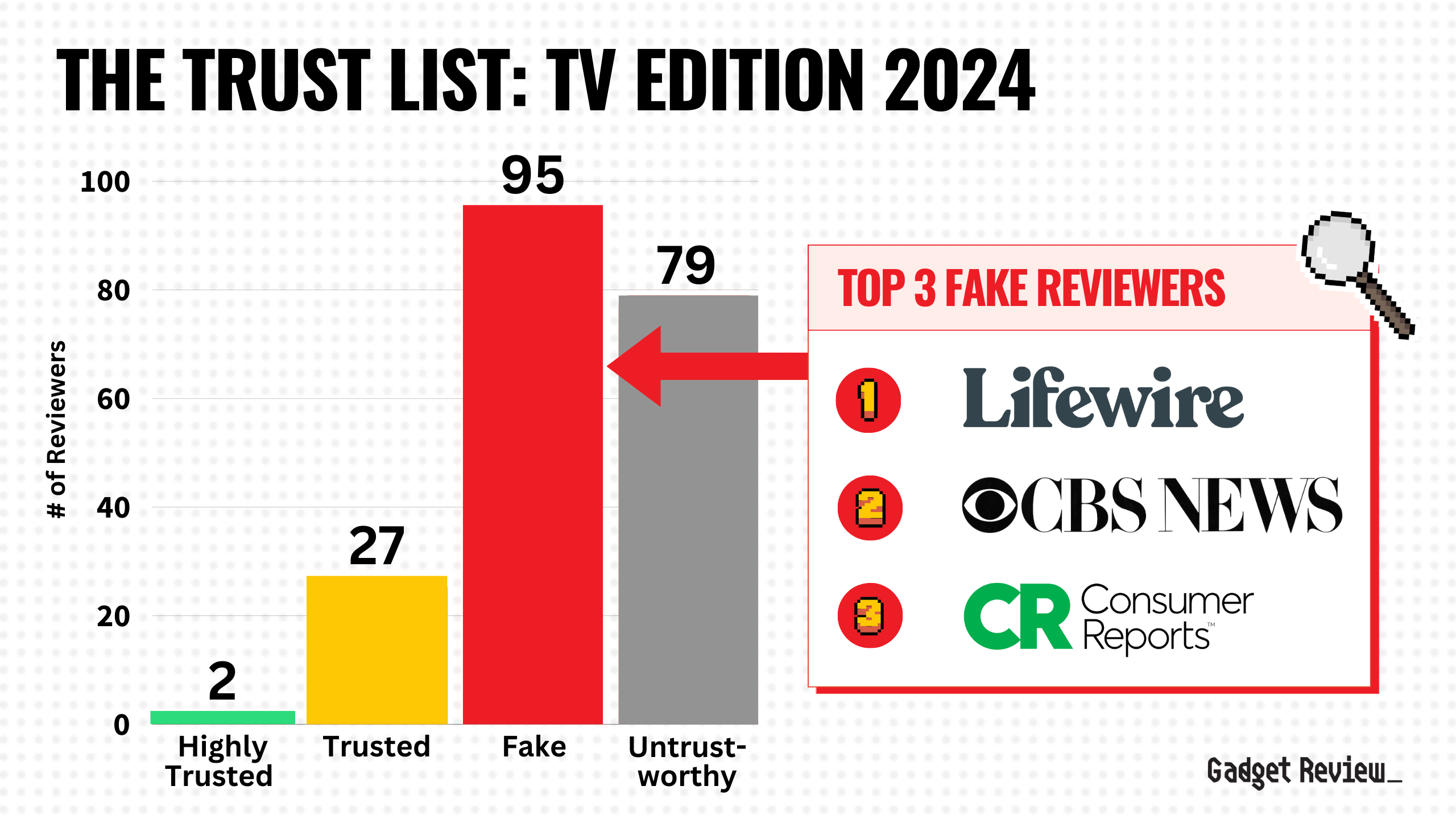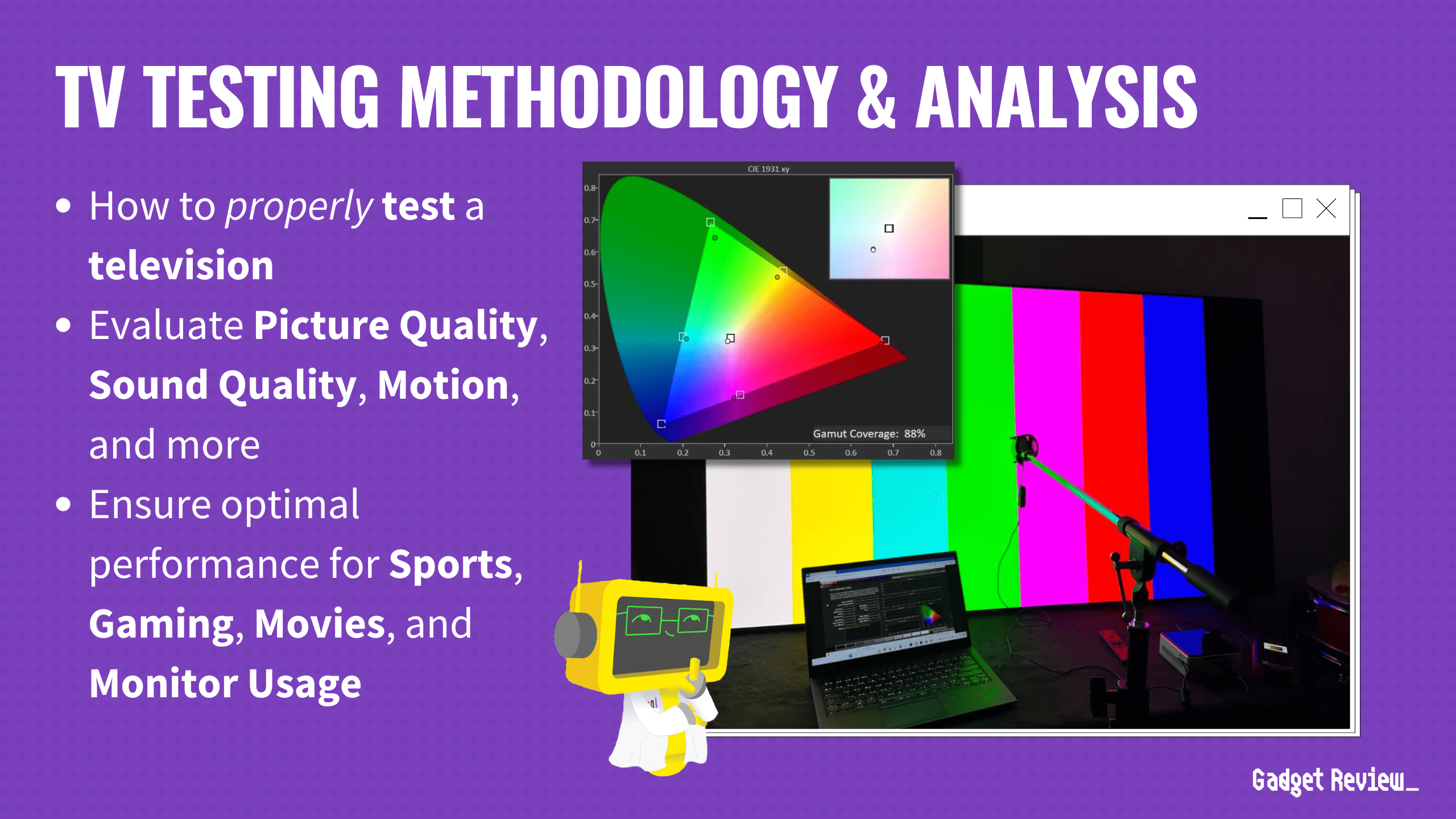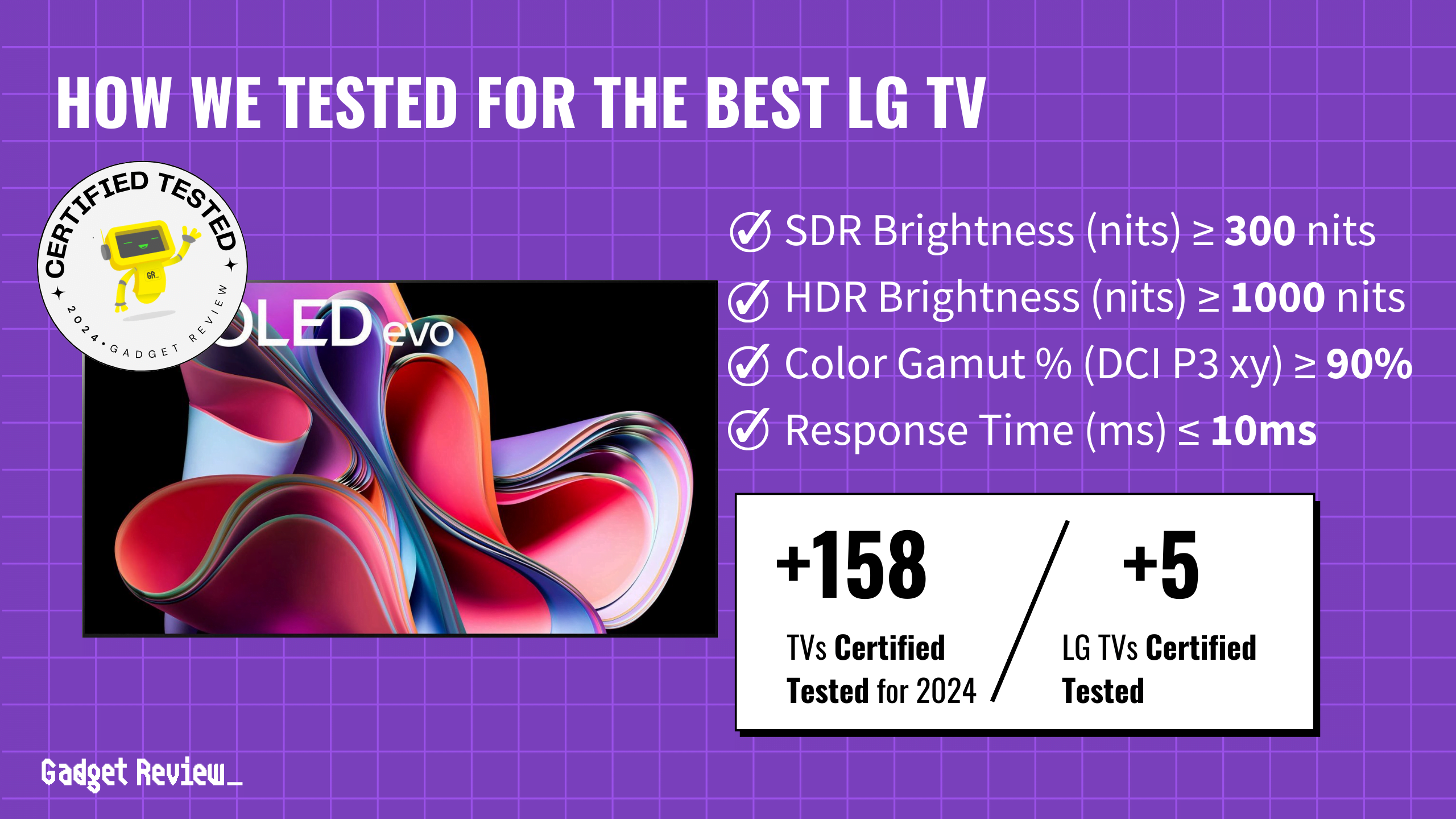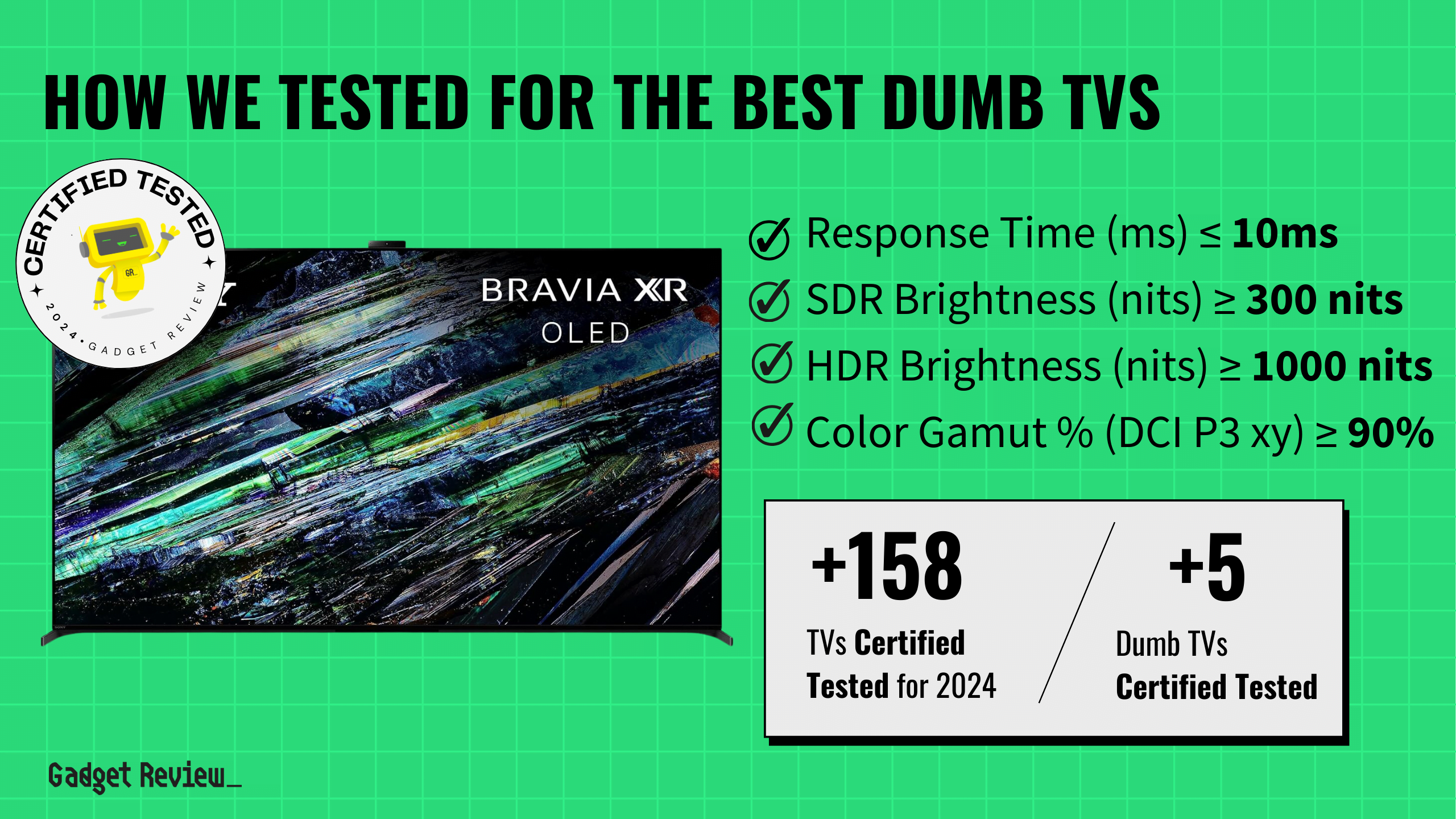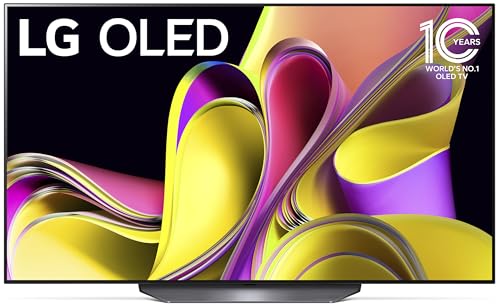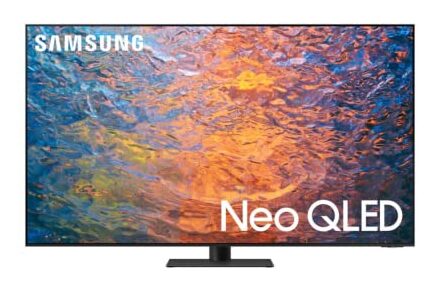The best TVs come with unique features and settings, many of which can be changed to suit your needs. In this article, we’ll be looking into a TV’s backlight vs brightness settings and how you can set them to meet your preferences adequately.
Key Takeaways_
- Backlight settings control the intensity of a TV’s LED backlight, as the name suggests.
- Brightness settings are meant to adjust the black levels of the display, which can affect color accuracy.
- Picture settings are adjusted to match your TV viewing environment. They are helpful for those with rooms with lots of uncontrolled light.
Differences Between TV Backlight vs Brightness
If you’ve ever clicked through your TV settings, you may have seen options for both the backlight and brightness level. However, understanding the differences between these two can be unclear, but knowing how to adjust them can make for a better experience.
insider tip
Remember that brightness settings control the color temperatures of the darkest areas on the screen. Contrast controls bright scenes and the areas with bright and white light.
The backlight settings change the LED backlight’s output power without losing picture quality. On the other hand, the brightness settings control the color and black levels. Changing these two can be essential to get the absolute best image quality.
These options are adjusted by going into the TV’s picture settings and raising and lowering them to what looks best. Additionally, your TV’s panel type can impact the brightness and black levels. Read more about how the differences between VA panels vs IPS TV can affect your viewing experience.
Finding the Right Black Levels
Although the name may suggest something different, the brightness setting controls the darkest areas on the screen. It has nothing to do with the separate backlight or the TV’s white level.
STAT: LED-backlit LCD TVs typically use 20-30% less power than other types. (source)
If you’re curious about the difference between these technologies, our guide on LED vs LCD TVs can offer further insights into their advantages and applications.
An excellent way to find the right black level is by pausing your TV at a dark scene. Then lower the brightness, and raise the light control until the color temperatures are detailed and visible but not washed out.
Adjusting for Ambient Light
The backlight level controls the intensity of the light source. This setting becomes very important when there is much ambient light in the room, such as during the day. Set it high with brighter lighting conditions to get a clearer image, and set it lower at night. This setting will give you a better black level.
warning
Make sure to lower your TV’s backlight setting when viewing in dark locations. Watching a bright TV in a dark environment can cause eyestrain if viewed too closely and for too long.
Remember that adjusting the intensity of the entire screen will raise the level of brightness and use more electricity. This is also important to consider if you’re looking for the best TVs for brightly-lit rooms where higher brightness settings are often necessary to tackle ambient light.

